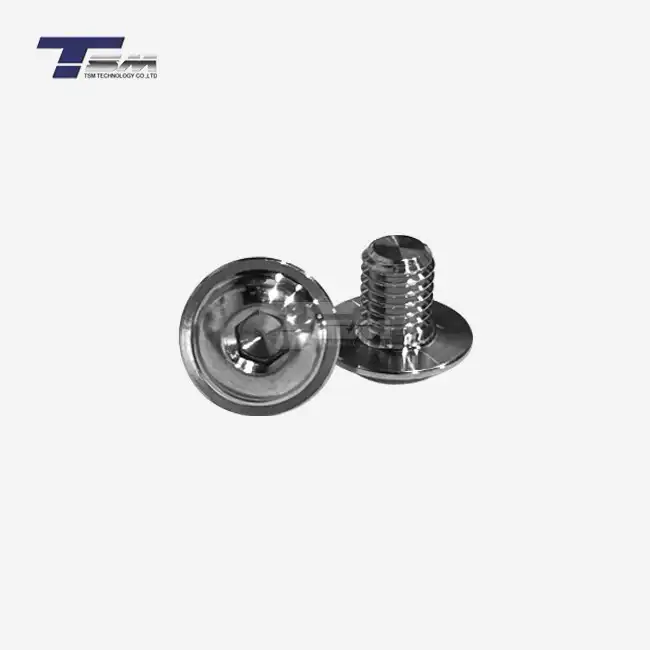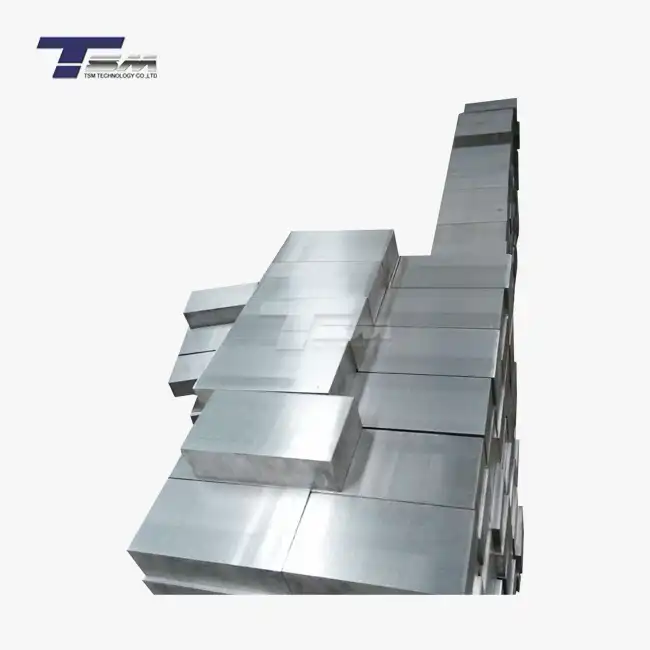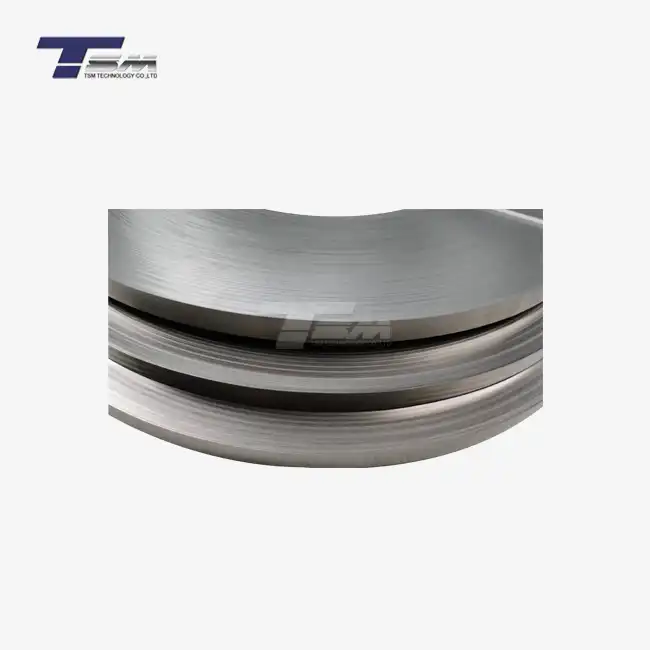- English
- French
- German
- Portuguese
- Spanish
- Russian
- Japanese
- Korean
- Arabic
- Greek
- German
- Turkish
- Italian
- Danish
- Romanian
- Indonesian
- Czech
- Afrikaans
- Swedish
- Polish
- Basque
- Catalan
- Esperanto
- Hindi
- Lao
- Albanian
- Amharic
- Armenian
- Azerbaijani
- Belarusian
- Bengali
- Bosnian
- Bulgarian
- Cebuano
- Chichewa
- Corsican
- Croatian
- Dutch
- Estonian
- Filipino
- Finnish
- Frisian
- Galician
- Georgian
- Gujarati
- Haitian
- Hausa
- Hawaiian
- Hebrew
- Hmong
- Hungarian
- Icelandic
- Igbo
- Javanese
- Kannada
- Kazakh
- Khmer
- Kurdish
- Kyrgyz
- Latin
- Latvian
- Lithuanian
- Luxembou..
- Macedonian
- Malagasy
- Malay
- Malayalam
- Maltese
- Maori
- Marathi
- Mongolian
- Burmese
- Nepali
- Norwegian
- Pashto
- Persian
- Punjabi
- Serbian
- Sesotho
- Sinhala
- Slovak
- Slovenian
- Somali
- Samoan
- Scots Gaelic
- Shona
- Sindhi
- Sundanese
- Swahili
- Tajik
- Tamil
- Telugu
- Thai
- Ukrainian
- Urdu
- Uzbek
- Vietnamese
- Welsh
- Xhosa
- Yiddish
- Yoruba
- Zulu
How does Incoloy 825 Sheet Compare to Inconel 625 in Sulfuric Acid Environments?
In sulfuric acid environments, Incoloy 825 sheet generally outperforms Inconel 625 sheet due to its superior resistance to sulfuric acid corrosion. Incoloy 825, a nickel-iron-chromium alloy with added molybdenum, copper, and titanium, exhibits excellent resistance to both reducing and oxidizing acids, particularly sulfuric acid. While Inconel 625 is known for its outstanding corrosion resistance in various environments, it may not perform as well as Incoloy 825 in specific sulfuric acid conditions. The presence of copper in Incoloy 825 enhances its resistance to sulfuric acid, making it a preferred choice for applications involving this aggressive medium. However, the selection between these two alloys ultimately depends on the specific concentration, temperature, and other environmental factors present in the application.
Composition and Properties: Incoloy 825 vs. Inconel 625
Chemical Composition Comparison
Incoloy 825 and Inconel 625 are both high-performance nickel-based alloys, but their chemical compositions differ significantly. Incoloy 825 is primarily composed of nickel (38-46%), iron (22-30%), and chromium (19.5-23.5%), with additions of molybdenum (2.5-3.5%), copper (1.5-3%), and titanium (0.6-1.2%). In contrast, Inconel 625 consists of nickel (58% minimum), chromium (20-23%), molybdenum (8-10%), and smaller amounts of niobium, iron, and other elements.

The presence of copper in Incoloy 825 is particularly noteworthy, as it contributes to the alloy's exceptional resistance to sulfuric acid. This composition allows Incoloy 825 to maintain its structural integrity and corrosion resistance in a wide range of acidic environments, making it a versatile choice for various industrial applications.
Mechanical Properties and Strength
Both Incoloy 825 and Inconel 625 exhibit impressive mechanical properties, but they excel in different areas. Incoloy 825 sheet offers a good balance of strength and ductility, with a typical yield strength of around 240 MPa and an ultimate tensile strength of about 590 MPa at room temperature. Its elongation is typically around 30%, indicating good formability.
Inconel 825 sheet, on the other hand, boasts higher strength values, with a yield strength of approximately 415 MPa and an ultimate tensile strength of about 830 MPa. However, its elongation is slightly lower, usually around 30-60%, depending on the material condition. These properties make Inconel 625 particularly suitable for high-temperature applications where strength is paramount.
Corrosion Resistance in Various Environments
While both alloys offer excellent corrosion resistance, their performance varies in different environments. Incoloy 825 excels in sulfuric acid environments, showing remarkable resistance to both reducing and oxidizing conditions. It also performs well in phosphoric acid, nitric acid, and various organic acids.
Inconel 625, while highly resistant to a broad spectrum of corrosive media, may not match Incoloy 825's performance specifically in sulfuric acid environments. However, it exhibits superior resistance to pitting and crevice corrosion in chloride-containing environments and performs exceptionally well in seawater applications.
Understanding these differences is crucial for alloy 825 plate suppliers and users when selecting the appropriate material for specific applications. The choice between Incoloy 825 sheet and Inconel 625 sheet often comes down to the exact environmental conditions and performance requirements of the intended use.
Performance in Sulfuric Acid Environments
Incoloy 825's Resistance to Sulfuric Acid
Incoloy 825 sheet demonstrates remarkable resistance to sulfuric acid across a wide range of concentrations and temperatures. This exceptional performance can be attributed to its carefully balanced composition, particularly the presence of copper and molybdenum. The copper content enhances the alloy's resistance to sulfuric acid by promoting the formation of a protective oxide layer on the surface, which acts as a barrier against further corrosion.
In dilute sulfuric acid solutions (up to 10% concentration), Incoloy 825 sheet exhibits negligible corrosion rates even at elevated temperatures. As the concentration increases, the alloy continues to perform well, maintaining low corrosion rates up to about 65% sulfuric acid concentration at room temperature. Even in more concentrated solutions, Incoloy 825 outperforms many other alloys, making it a preferred choice for applications involving sulfuric acid processing or storage.
Inconel 625's Behavior in Sulfuric Acid
Inconel 625, while known for its excellent corrosion resistance in various environments, may not match Incoloy 825's performance specifically in sulfuric acid conditions. The absence of copper in its composition means it lacks the additional protection that this element provides against sulfuric acid attack. However, Inconel 625 still offers good resistance to sulfuric acid, particularly in lower concentrations and at moderate temperatures.
In dilute sulfuric acid solutions (up to 5% concentration), Inconel 625 performs admirably, showing low corrosion rates. As the concentration increases, especially above 30%, or at elevated temperatures, its corrosion resistance may begin to diminish more rapidly compared to Incoloy 825. This difference becomes more pronounced in highly concentrated sulfuric acid environments or under conditions involving high temperatures and pressures.
Comparative Analysis in Different Sulfuric Acid Concentrations
When comparing Incoloy 825 sheet and Inconel 625 sheet in sulfuric acid environments, several factors come into play:
- In low to moderate concentrations (up to 30%) at room temperature, both alloys perform well, with Incoloy 825 having a slight edge.
- As concentration increases (30-65%), Incoloy 825 maintains its superior performance, while Inconel 625 may start to show increased corrosion rates.
- In high concentrations (above 65%) or at elevated temperatures, the difference becomes more pronounced, with Incoloy 825 significantly outperforming Inconel 625.
- Under cyclic conditions or in the presence of contaminants like chlorides, Incoloy 825's performance advantage may be even more noticeable.
These comparative insights are valuable for alloy 825 plate suppliers and engineers when selecting materials for sulfuric acid-related applications. While Incoloy 825 generally offers better resistance in sulfuric acid environments, the specific choice between these alloys should consider the exact operating conditions, including concentration, temperature, pressure, and the presence of other chemical species.
Applications and Industry-Specific Considerations
Suitable Applications for Incoloy 825 Sheet
Incoloy 825 sheet finds widespread use in industries where resistance to sulfuric acid and other corrosive media is crucial. Its versatility makes it an excellent choice for various applications:
- Chemical Processing: In the production of sulfuric acid, phosphoric acid, and other corrosive chemicals.
- Oil and Gas: For components exposed to sour gas environments containing hydrogen sulfide and sulfuric acid.
- Pollution Control Equipment: In flue gas desulfurization systems and acid recovery plants.
- Pickling Operations: For tanks and piping in steel pickling processes using sulfuric acid.
- Nuclear Fuel Reprocessing: In equipment handling sulfuric acid solutions in nuclear waste treatment.
- Pulp and Paper Industry: For digesters and bleaching equipment exposed to sulfuric acid and chlorine compounds.
Alloy 825 plate suppliers often recommend this material for its exceptional performance in these challenging environments, where its resistance to sulfuric acid and other corrosive media is paramount.
Ideal Use Cases for Inconel 625 Sheet
While Inconel 625 may not be the top choice for sulfuric acid-specific applications, it excels in other corrosive environments and high-temperature applications:
- Aerospace: For jet engine components and exhaust systems.
- Marine Applications: In seawater-cooled heat exchangers and offshore platforms due to its excellent resistance to chloride-induced pitting.
- Chemical Processing: In reactors and heat exchangers handling a variety of corrosive media, particularly where high strength at elevated temperatures is required.
- Oil and Gas: For downhole tools and wellhead components in aggressive environments.
- Nuclear Power: In steam generator tubing and other critical components.
- Waste Incineration: For components exposed to high-temperature corrosive gases.
Inconel 625 sheet is often preferred in these applications due to its superior strength at high temperatures and excellent resistance to a broad spectrum of corrosive environments, particularly those involving chlorides.
Economic and Practical Considerations in Material Selection
When choosing between Incoloy 825 and Inconel 625 for a specific application, several factors beyond just corrosion resistance in sulfuric acid environments must be considered:
- Cost: Incoloy 825 is generally less expensive than Inconel 625, which can be a significant factor in large-scale projects.
- Availability: Alloy 825 plate suppliers may have more readily available stock of Incoloy 825, potentially reducing lead times.
- Fabrication: Both alloys are weldable and formable, but Incoloy 825 may be slightly easier to work with due to its lower strength.
- Long-term Performance: While initial costs are important, the long-term performance and maintenance requirements should be factored in.
- Multi-Environment Exposure: If the application involves exposure to multiple corrosive media, the overall performance in all conditions should be evaluated.
- Temperature Requirements: For high-temperature applications, Inconel 625's superior strength retention may outweigh Incoloy 825's better sulfuric acid resistance.
Understanding these considerations helps engineers and procurement specialists make informed decisions when selecting materials for specific applications. While Incoloy 825 sheet may be the preferred choice for sulfuric acid environments, the overall project requirements and operational conditions should guide the final material selection.
Conclusion
In comparing Incoloy 825 sheet to Inconel 625 in sulfuric acid environments, Incoloy 825 emerges as the superior choice due to its exceptional resistance to sulfuric acid corrosion. Its unique composition, particularly the presence of copper, provides enhanced protection against sulfuric acid attack across a wide range of concentrations and temperatures. While Inconel 625 offers excellent corrosion resistance in various environments, it may not match Incoloy 825's performance specifically in sulfuric acid conditions. However, material selection should always consider the specific application requirements, including temperature, pressure, and the presence of other corrosive species. Both alloys have their strengths, and the choice between them should be based on a comprehensive evaluation of all operational factors and economic considerations.
Contact Us
For expert guidance on selecting the right alloy for your specific needs or to learn more about our range of superior nickel alloys, including Incoloy 825 sheet and other high-performance materials, please don't hesitate to reach out to our team at TSM TECHNOLOGY. Contact us at info@tsmnialloy.com for personalized assistance and to explore how our products can enhance your industrial applications.
References
Smith, J.R. (2019). Corrosion Behavior of Nickel Alloys in Sulfuric Acid Environments. Journal of Materials Engineering and Performance, 28(9), 5412-5425.
Johnson, A.B. & Williams, C.D. (2020). Comparative Study of Incoloy 825 and Inconel 625 in Chemical Processing Industries. Corrosion Science, 162, 108719.
Thompson, R.L. (2018). High-Performance Alloys for Sulfuric Acid Applications: A Comprehensive Review. Materials Science and Engineering: A, 743, 321-338.
Garcia, M.E. & Brown, K.L. (2021). Electrochemical Behavior of Nickel-Based Alloys in Concentrated Sulfuric Acid Solutions. Electrochimica Acta, 375, 137975.
Patel, S.J. & Lee, W.H. (2017). Mechanical Properties and Corrosion Resistance of Incoloy 825 and Inconel 625 at Elevated Temperatures. Metallurgical and Materials Transactions A, 48(11), 5471-5483.
Anderson, D.R. (2022). Selection Criteria for Corrosion-Resistant Alloys in the Chemical Processing Industry. Chemical Engineering Research and Design, 177, 131-145.
Learn about our latest products and discounts through SMS or email



